Wolmido Island (월미도)
18.0Km 2023-11-08
36 Wolmimunhwa-ro, Jung-gu, Incheon
+82-32-765-4169
Wolmido Island has very few historical records, despite being the location of a temporary palace, built in 1653 during the reign of King Hyojong. The palace was built on the eastern side of the island, but it is impossible to find traces of it now. From the late 1920s until the '30s, the island was transformed into a resort, a very popular destination at the time. Wolmi Culture Street opened in July 1989 and helped improve the area's fame.
On weekends and holidays, people flock to Wolmido Island to enjoy coffee and fresh seafood at the cafes and restaurants overlooking the sea. Despite being 1 kilometer off the coast, Wolmido is no longer an island, being connected to the mainland through modern construction techniques. It is now an easily accessible retreat for locals and tourists alike.
Wolmi Theme Park (월미테마파크)
18.0Km 2024-12-02
81 Wolmimunhwa-ro, Jung-gu, Incheon
+82-32-761-0997
Wolmi Theme Park is located on Wolmido Island in Incheon. Spanning 13,200 square meters, it features various amusement rides including a ferris wheel, swing boat, and go-karts. One of its highlights is the tagada ride, where riders sit on circular seats that move in all directions to the beat of music while a DJ adds to the excitement. Visitors can also enjoy panoramic views of Songdo Town, the Incheondaegyo Bridge, and Yeongjongdaegyo Bridge from the ferris wheel.
Yejeon (예전)
18.1Km 2025-01-20
43-2, Wolmimunhwa-ro, Jung-gu, Incheon
+82-32-772-2256
Yejeon is a western food restaurant and is considered one of the establishments that first created Wolmido Island’s café culture. Located in the middle of Wolmido's Munhwa Street (Culture Street), this Western-style redbrick building resembles that of a European atmosphere in Korea.
Wolmi Special Tourist Zone (월미 관광특구)
18.1Km 2021-02-19
81, Wolmimunhwa-ro, Jung-gu, Incheon
+82-32-760-6481
Wolmi Special Tourist Zone is a historic and cultural site where visitors can learn about Korea’s modern history and culture through a tour of Incheon. The area has plenty of modern architecture and cultural heritages embracing the history of the open port era. Incheon Port is conveniently located to facilitate the flow of products from other civilizations.
Included in the open port, Incheon Chinatown has various Chinese restaurants, a modern history museum, and exhibition hall where visitors can look into the past and current life of Chinese people living in Korea. Jayu Park Cultural Tourism Festival and Songwol-dong Donghwa Village Festival are held here every spring.
In addition, the Museum of Korea Emigration History, date courses, and Wolmi Cultural Street, offering up various sliced raw fish restaurants, and fine cafes are all available in the zone. Wolmi Observatory offers a view overlooking the port and downtown at once. The coastal pier approaching the port offers the active atmosphere of coming and going ships and the lively fish market. Enjoying various fish dishes and sea-fishing, or walking along the ocean square are recommended activities.
My Land (마이랜드)
18.1Km 2024-12-06
252 Wolmi-ro, Jung-gu, Incheon
◎ Travel information to meet Hallyu’s charm
Sung-kyu from the web show “Tour Fairy” and foreign tourists enjoyed Disco Tagada in My Land, a representative theme park in Wolmido Island. After enjoying the ocean views and thrilling rides, you can take a stroll to the nearby Wolmi Observatory and Songwol-dong Fairy Tale Village.
Wolmi Culture Street & Moonlight Music Fountain (월미문화의거리 & 달빛음악분수)
18.2Km 2023-11-08
252 Wolmi-ro, Jung-gu, Incheon
Wolmi Culture Street is a pedestrian-only street located in Wolmido, one of Incheon's major attractions. The street is lined with benches for people to rest, and one can usually find artists here drawing portraits. The street passes Wolmi Park and Wolmi Observatory, providing outstanding views of Incheon Port and the Wolmido area. Family visitors and couples enjoy stopping by Wolmi Theme Park to enjoy the amusement rides. The Moonlight Music Fountain is rather small in size, but is a beloved attraction of Wolmi Culture Street.
Gyeongin Ara Waterway (경인 아라뱃길)
18.2Km 2023-11-10
41 Jeongseojin 1-ro, Seo-gu, Incheon
+82-1899-3650
Ara Waterway flows 18 kilometers from the Hangang River to the West Sea. Opened in 2012, the waterway serves to quickly remove excess water from the surrounding areas to prevent flooding. The waterway also serves as a key route for transporting cargo via ship, as well as a natural green space.
The idea of Ara Waterway started nearly 800 years ago during the Joseon dynasty by King Gojong. Unfortunately, his plan could not be completed at that time due to technical obstacles and the difficult state of the country. After countless efforts and preparation, the construction of the waterway began in 2009 and opened in 2012.
Wolmi Park (월미공원)
18.5Km 2025-01-08
131-22 Wolmi-ro, Jung-gu, Incheon
+82-32-765-4133
Wolmi Park, once a military zone for 50 years following the Korean War (1950-1953), has been transformed into a park preserving its natural ecosystem. Centered around Wolmi Mountain, the park features traditional Korean gardens such as Palace Garden, Hermitage Garden, and Tradition Private House Garden. Visitors can enjoy views of Incheon Port and the sunset over the Seohae Sea from the nearby Wolmi Observatory. It is conveniently located near Wolmi Cultural Street.
Seongmodo Island (석모도)
18.6Km 2021-05-28
9, Samsanbuk-ro, Ganghwa-gun, Incheon
+82-32-934-7500
Seongmodo Island, located 1.2 kilometers west of Ganghwado Island, is a popular destination for families and those looking for relaxation. The island has various mountains as well as a 41.8 kilometer coastal road.
Gwangseongbo Fortress (광성보)
18.6Km 2022-07-25
27, Haeandong-ro 466beon-gil, Ganghwa-gun, Incheon
+82-32-930-7070
Gwangseongbo Fortress’s outer wall from the Goryeo era was mended in 1618. The fortress was built in 1656 and the outpost was constructed in 1679. It was completely remodeled into
a masonry castle with gates in 1745. During Sinmiyangyo (the American invasion in 1871), Gwangseongbo was the fiercest battle ground in Ganghwa. On April 24, 1871, a
fleet with 1,230 American naval forces led by Rear Admiral John Rodgers landed on Ganghwado Island to demand the
opening of Korea's ports and commerce. The armed forces attacked Chojijin Fortress
and Deokjinjin Camp, then marched to Gwangseongbo Fortress, where they engaged in close combat with the warriors of Joseon. Although General Eo Jae-yeon and the other warriors were poorly equipped with far inferior weapons, they bravely fought to the
death against the invading forces.
The battlefield ruins of the fortress and the gate towers such as Anhaeru, Gwangseongdon, Sondolmokdon, and Yongdudon were repaired
in 1977. The twin tombs of General Eo Jae-Yeon and his brother Eo Jae-seon, along with the anonymous tombs of warriors who died on the battlefield were
also honorably arranged at the same time. Furthermore, a stone monument commemorating the restoration of Ganghwa Battlefield was erected on Yongdudondae Post.
In 1988, an extensive rest area was created toward the shore for visitors’ convenience. Gwangseongbo Fortress is presently designated as Historical Relic No. 227. A religious service known as Gwangseongje is held annually to commemorate the patriotic spirits of General Eo Jae-yeon and other unnamed warriors. This service takes place at 11 a.m. on every April 24th of the lunar calendar.
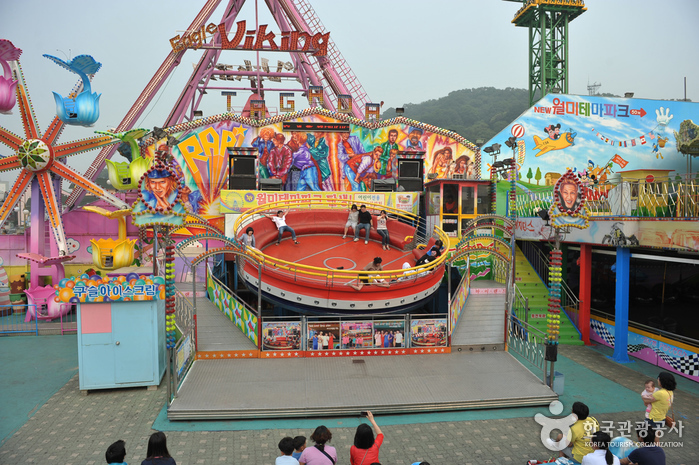
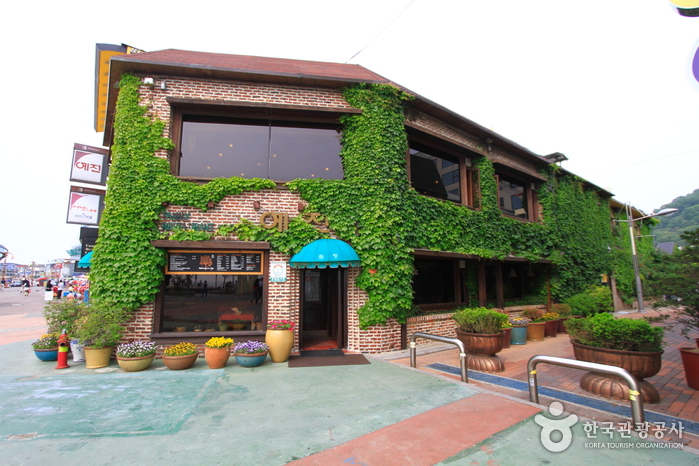
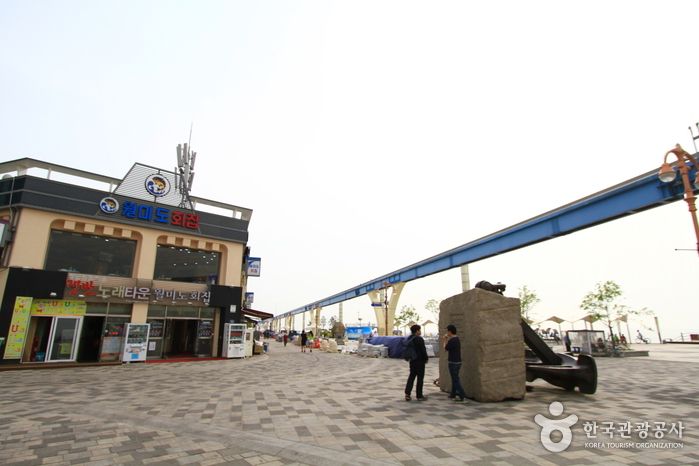

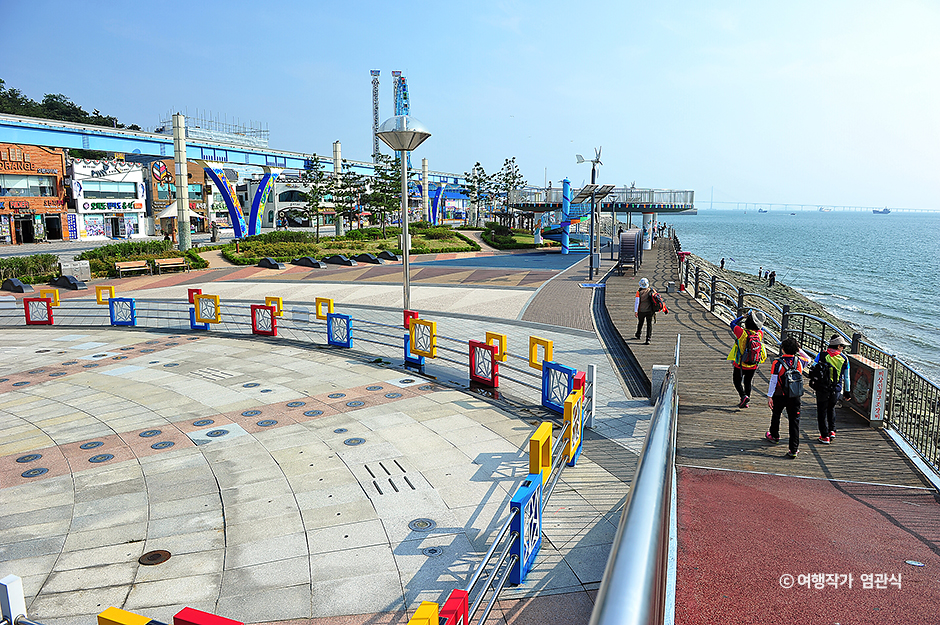
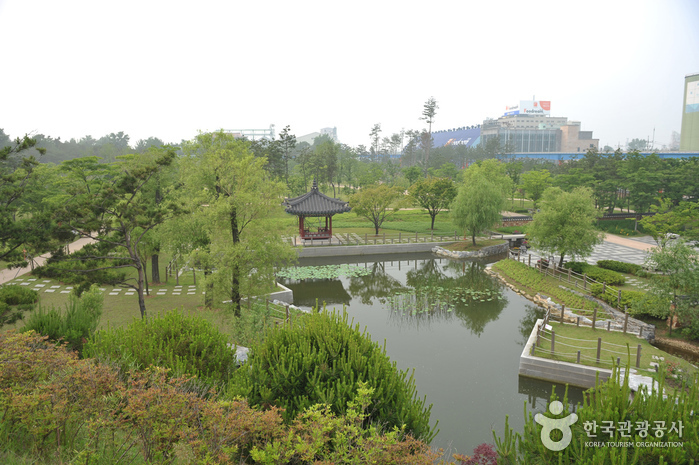
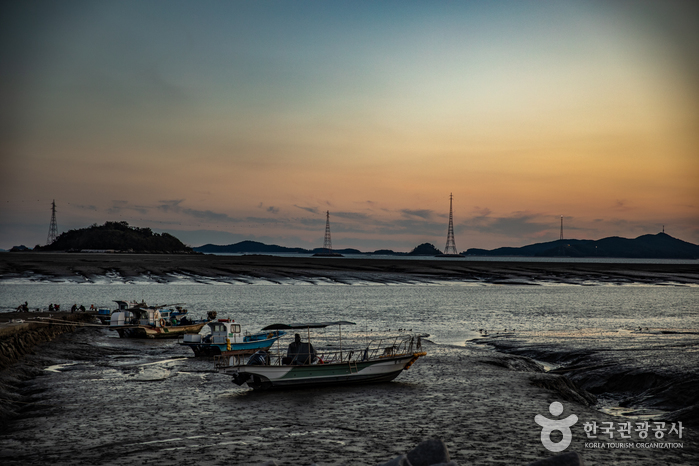
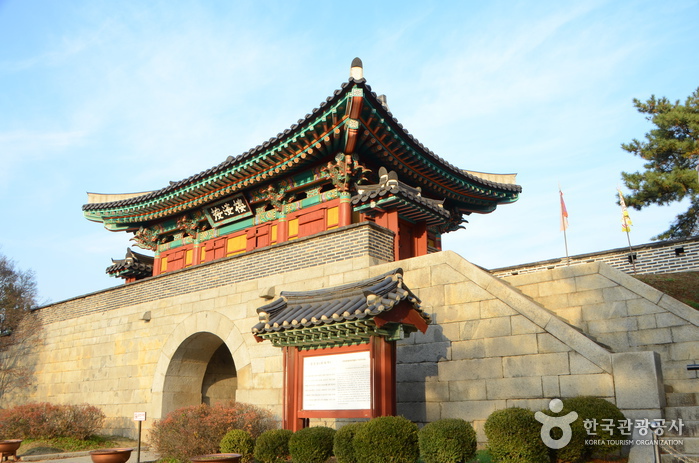
 English
English
 한국어
한국어 日本語
日本語 中文(简体)
中文(简体) Deutsch
Deutsch Français
Français Español
Español Русский
Русский